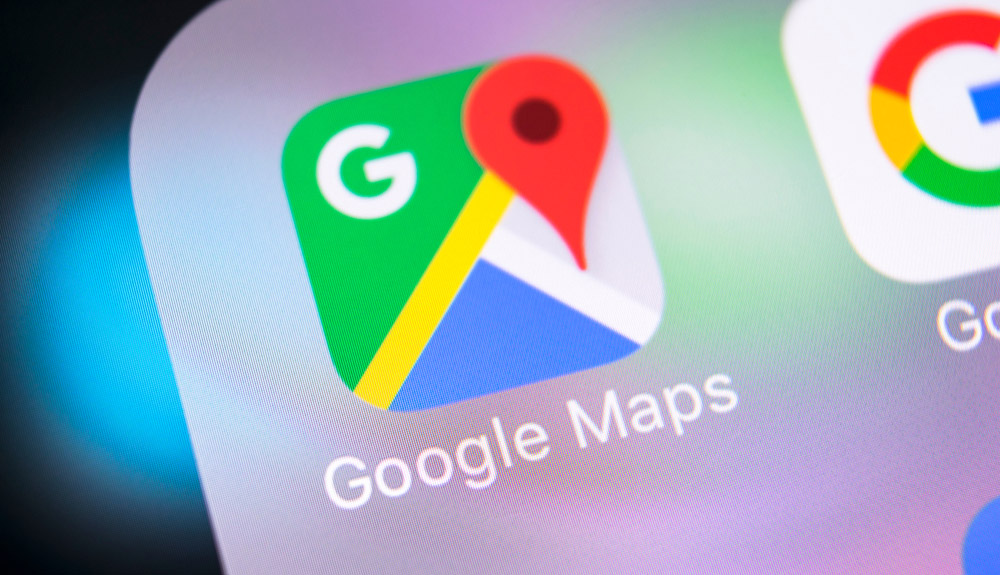Google Maps unveils new feature to make pandemic travel safer — here’s how
Google Maps is piloting live crowdedness updates for mass transit

Google Maps is piloting a new feature that aims to make it easier to avoid the crowds on mass transit — a potential health concern amidst the ongoing COVID-19 pandemic.
In addition to Maps’ existing crowdedness predictions, which give a general indication of when trains and buses are likely to be busy, Google is running live update trials in New York and Sydney. In theory this could provide much more up-to-the-minute details on whether you can dodge overcrowding, and it apparently works down to an individual transit car level.
- How to use Google Maps: 23 essential tips and tricks
- Here's how to change home in Google Maps
- Plus: Android 12 has a controversial change — and some people are upset
General crowdedness predictions are also expanding to over 10,000 new cities across 100 countries. The feature can already provide Google Maps users with information on their chances of getting a seat or otherwise avoiding the worst of rush hour, by combining data from local transit authorities with user-submitted feedback. However, these New York and Sydney pilots are the app’s first attempt at providing live updates, as opposed to simple trends.
With mass transit usage on the rise following an earlier pandemic-induced lull, live information on how crammed your commute may be could be very useful indeed. Knowing whether to get the next train or wait for a less busy service could help you both minimize the risk of infection spreading and ensure more comfortable journeys overall.
Currently, the pilot only covers transportation under the authority of Long Island Rail Road and Transport for New South Wales, though Google has said that more cities are “coming soon.”
Besides attempting to improve future journeys, Google Maps has also been looking more deeply into your previous travels. Earlier this month, Google added a new “Insights” tab to Maps’ Timeline section, breaking down your time spent using different modes of transport (including walking) as well as the types of locations you’ve visited.
This might raise questions around the extent to which Google Maps tracks users, a topic that also seems likely to arise during its live crowdedness update pilots. Accessing or submitting information on very specific transit services might prove unpalatable to those who want to keep their location data hidden.
Sign up to get the BEST of Tom's Guide direct to your inbox.
Get instant access to breaking news, the hottest reviews, great deals and helpful tips.
Google, for its part, says that it uses “world-class anonymization technology” in ensuring the privacy of user data.
- More: Google Maps vs. Apple Maps: Which navigation app is best?
- How to view Location History in Google Maps
James is currently Hardware Editor at Rock Paper Shotgun, but before that was Audio Editor at Tom’s Guide, where he covered headphones, speakers, soundbars and anything else that intentionally makes noise. A PC enthusiast, he also wrote computing and gaming news for TG, usually relating to how hard it is to find graphics card stock.

